This is Fairmount: Breaking down the stigmas of the Fairmount community
The United States Census defines Fairmount in their data as the area starting at 17th and Hillside, just south of campus, and stretches south to a block after 13th Street at Hillside. It then stretches east and divides Fairmount and Ken-Mar at the Red Bud Trail, which used to be a rail line. The Sunflower will be using these boundaries when they refer to Fairmount.
Driving around Fairmount, it’s clear that the neighborhood has a vibrant history. With a few Victorian mansions sprinkled between the ranch-style homes built after the 1950s, you can tell that’s what it once was — a “fair mount.”
Fairmount, one of the few “hills” in Wichita, once overlooked the city before urban sprawl set in after the Second World War, but you can’t tell that anymore with the development surrounding this predominantly black community.
The United States Census defines Fairmount as the area starting at 17th Street and Hillside, south of the Wichita State campus. It stretches south to a block after 13th Street at Hillside and east where the Red Bud Trail, a former rail line transformed into an asphalt walking and biking trail, divides Fairmount and the Ken-Mar neighborhood.
This is the first in a series of articles analyzing the past, present and future of Fairmount and its relations with WSU. The reporters creating these articles are using the Census boundaries when referring to the neighborhood and any data that goes along with it.
Despite its history, many people in the WSU community view Fairmount as an area that has a high crime rate — a place to avoid, especially since the rape and murder of Leticia Davis at Fairmount Park in November 2014.
Since 2016, coverage of the Fairmount community has been slim. Most coverage in The Sunflower since then has focused on crime in the area. With the following series of stories, The Sunflower plans on digging into what is really going on at Fairmount and talking to the people who live there.
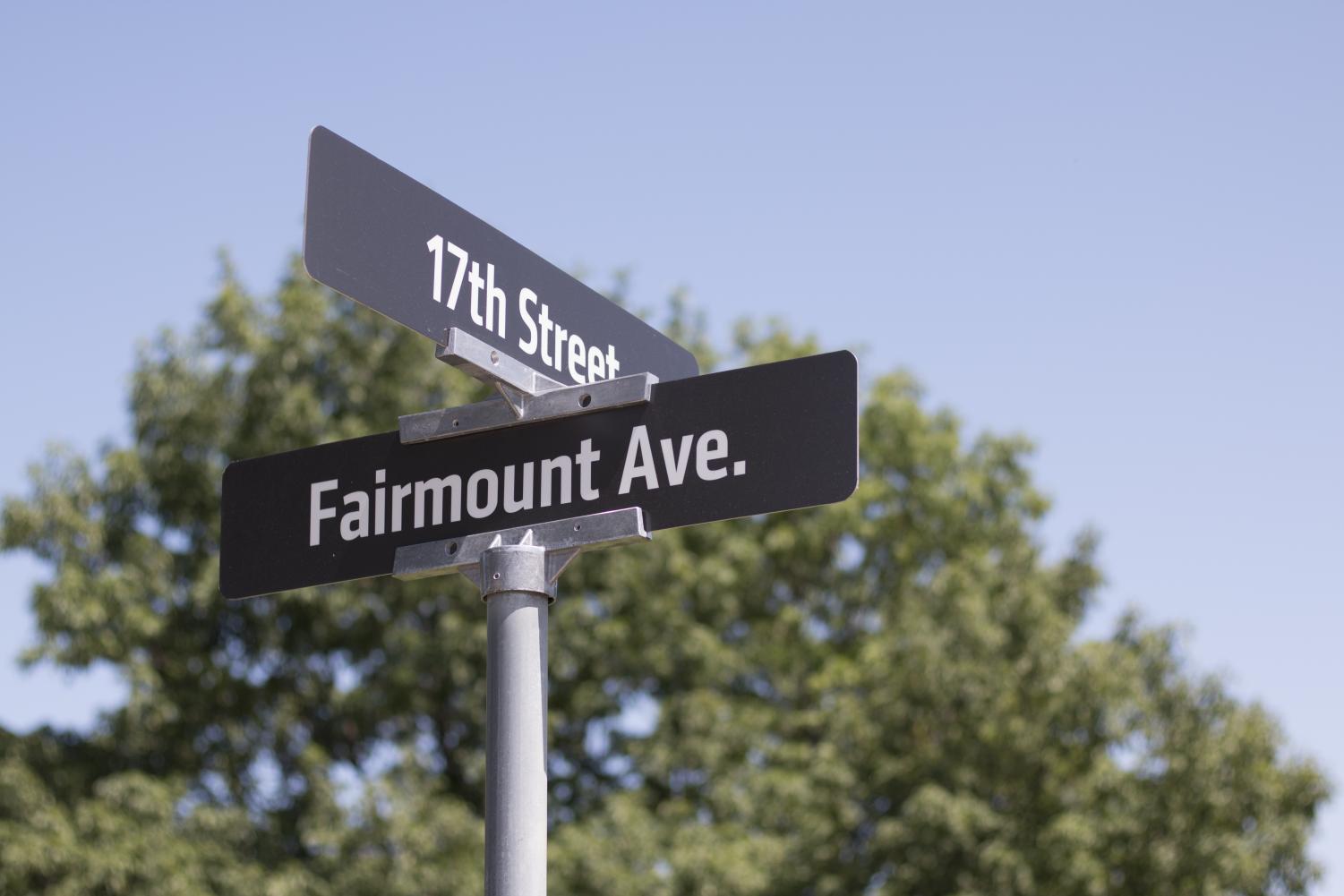
The street sign has been replaced with a new one that has the correct spelling of “Fairmount” as of Tuesday.
Students, fraternity life, and Fairmount
While some students feel that it’s an area to avoid, others live on the edge of Fairmount, along 17th Street. Three of WSU’s six fraternities in the Interfraternity Council, separate from multicultural fraternities, have houses in the area.
Non-university affiliated student housing, such as the Seventeen60 apartments, also line the 17th Street corridor.
According to the 2010 Census, about 44% of residents in Fairmount are black, roughly 26 percent are white, and 18 percent are Asian. Most of the white and Asian residents live in student housing along 17th Street.
Julian Kincaid, a junior art education major, said he sees Fairmount as an area of cultural diversity — a place where students can learn.
“I think it can be a resource,” Kincaid said. “It can be a resource for students who want to study more into local history.
“It can be useful for students who want to get more involved in community outreach — especially if it’s part of your program like McKnight’s community and social art programs. You can learn about policy and how it affects that community and urban planning. All these different things, we can learn from Fairmount because right now, it just seems like sort of in this island setting.”
Kincaid is a member of Sigma Alpha Epsilon (SAE), a fraternity that’s housed on Fairmount Street between 17th and 16th streets. SAE is involved in the community, hosting events at its house for free for members of the community. The fraternity is in the process of planning events in Fairmount Park in hopes of educating WSU students about the community and ending the negative stigma around the park.
“We are looking towards more events dedicated towards our community, since they have been so supportive of what we have been doing and the mission we have been on,” Alec Taylor, president of WSU’s SAE chapter, said in a Facebook message. “They have been there through it all, so we love to pay that back any way we can.”
The Sunflower also reached out to members of Sigma Phi Epsilon and Delta Upsilon, both located on Vassar Street, for comment on what they do for the Fairmount community. They declined to comment.
Crime in Fairmount
WSU Police Chief Rodney Clark, who started at the university in July 2018, said Fairmount is about the same as any other neighboring community around a college campus.
“Nothing specific,” Clark said in an email when asked to expand on his first characterization. “If you look across the country, you would see many examples of college campuses that are right next to historic communities.”
Clark advised students to use the “buddy system” if they do not feel safe when walking through the neighborhood.
According to data collected from the Wichita Police Department’s (WPD) Community Crime Map, reports of robberies since Davis was murdered have remained fairly constant, with the exception of a jump from three to seven robberies from Nov. 15, 2015 to Nov. 14, 2016. While robberies have largely remained the same, aggravated assaults and batteries have gone up from 10 in 2014, the year after Davis’ death, to 20 in 2018.
An aggravated assault is when a person is faced with some kind of fear but there is no physical contact, such as when a gun is pulled. If someone actually shoots the gun, or there is physical harm done, that’s an aggravated battery, Officer Charley Davidson of WPD said.
“As a police department, we obviously proactively work with the WSU Police Department in monitoring the Wichita State campus and area surrounding it,” Davidson said. “Obviously, safety for students is a high priority for the Wichita Police Department, as it is our community, but we work in partnership with our community, so if you see something, say something. Give us a call.
“We’re always monitoring potential crime trends to what could be causing that trend and how we can address that, but again, we work in partnership Wichita State police and students and staff and whoever lives in that area.”
This crime map includes all crimes — except sexual assaults, to protect victims — reported to WPD. These records don’t mean that someone was charged with the reported crimes. There have been no murders in Fairmount since Davis died in 2014.
On the evening of Nov. 14, 2014, Leticia Davis was walking across Fairmount Park when she was raped, beaten, set on fire, and left for dead. People who lived around the park heard her screams and called 911. When police arrived, they found Davis, a 36-year-old mother of four, in flames between the tennis courts and swings. She succumbed to her injuries eight days later. Before she died, Davis told investigators that she didn’t know who attacked her.
On Nov. 20, Cornell McNeal was arrested in connection with the crime based on DNA taken from a Sexual Assault Evidence Collection Kit and a broken Keyocera phone that was found at the scene. He was later arraigned on capital murder, rape, and two counts of arson. The arson charges were eventually dropped. In 2017, the District Attorney’s office filed a notice to seek the death penalty.
Four years after Davis’s death, McNeal is still sitting in prison, waiting for a second competency testing before he stands trial.
This article is the first in a series about Fairmount. The next piece, by Ben Jacobson, will focus on the Fairmount neighborhood and historical issues that have impacted Wichita’s black community. The third part of the series, by Audrey Korte, will look at the Fairmount community before and after the 2014 attack on Leticia Davis. Finally, Matthew Kelly will explore the implications of continued commercial development around the community.
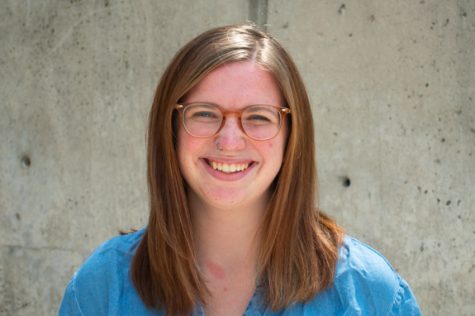
Kylie Cameron was the Editor in Chief of The Sunflower for the 2019-2020 school year.
She is a senior studying political science and journalism and...

Selena Favela is a former photo editor for The Sunflower. She majored in graphic design. She is from Wichita, Kansas.




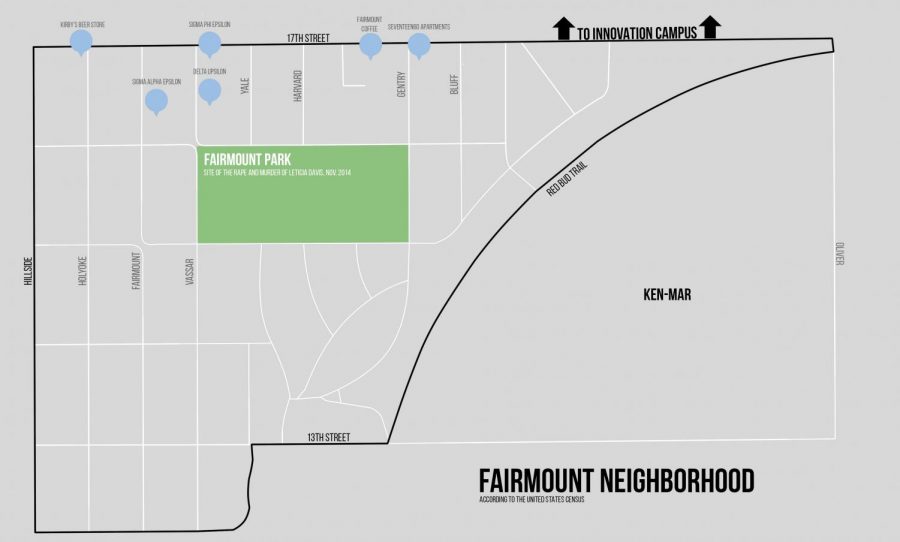
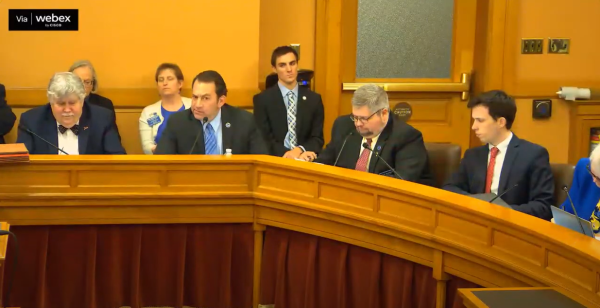
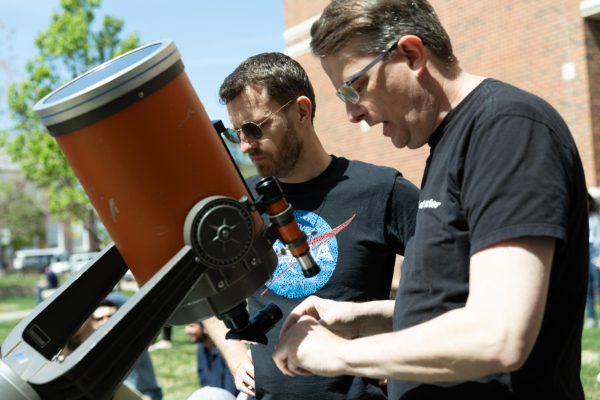

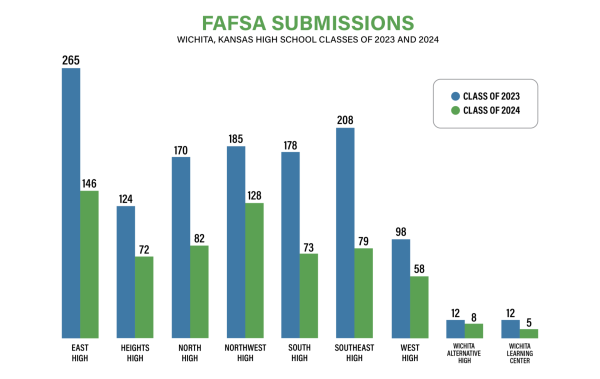
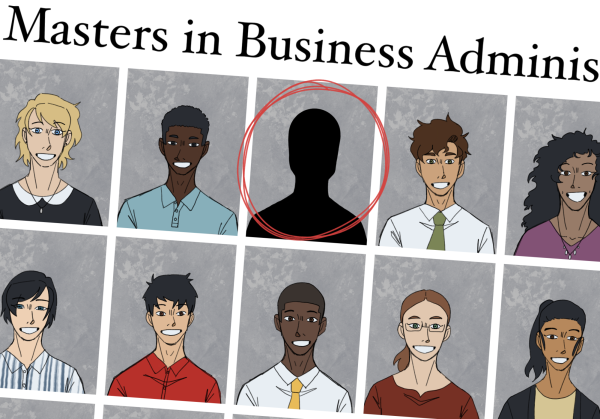
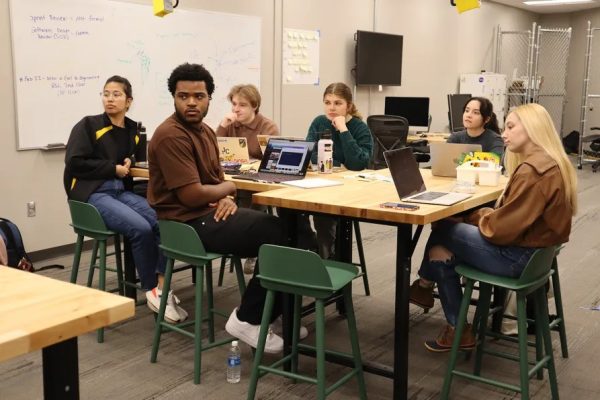
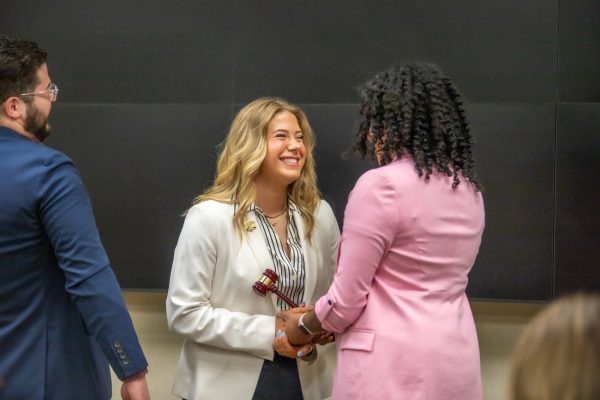
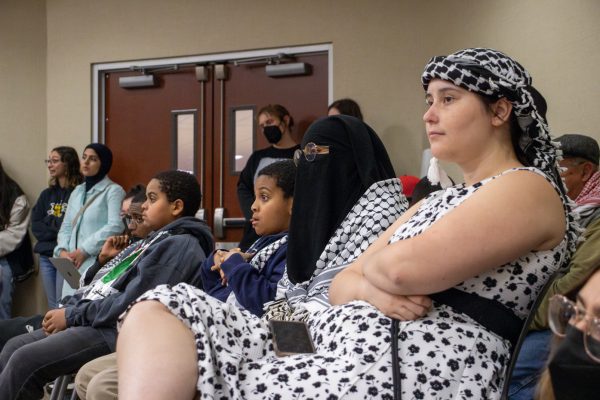
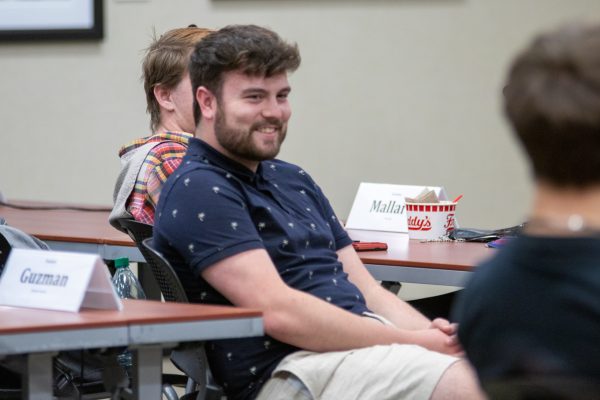
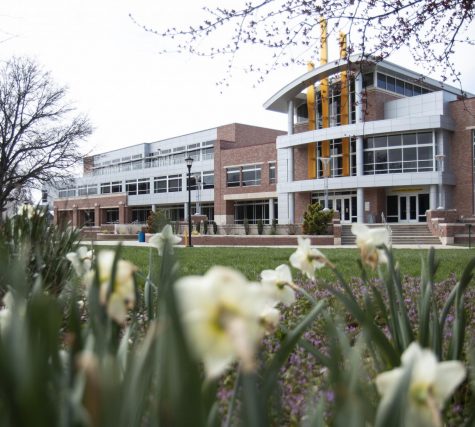
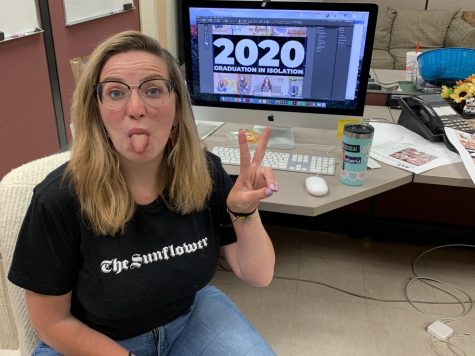
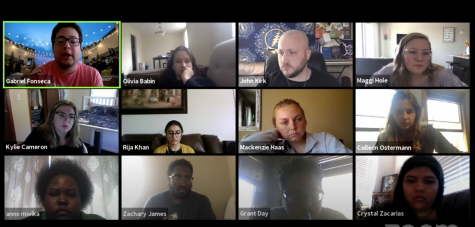
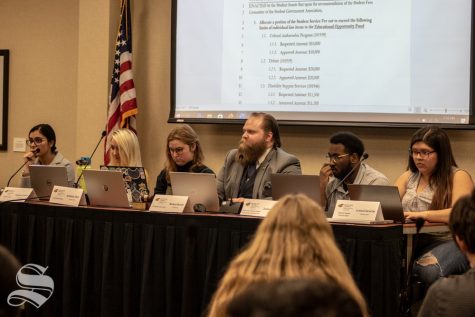
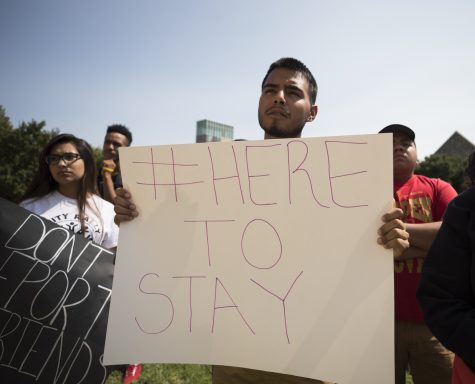
Jane Schaible • Jan 24, 2022 at 5:34 am
Who was waitress that was shot by police at south end of the KMUW building by police. She didn’t do anything wrong. It was late 60s or early 70s. Who shot her?